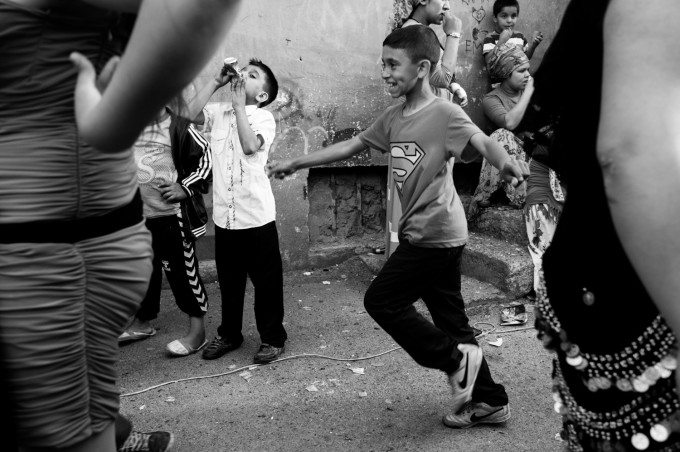Though most of us who are more savvy are very aware of what the genre is, there are many out there that really don’t understand or really know what street photography is. For this reason, we’re going to try to summarize it in as few words as possible, while still trying to get the important bits and details.
Street photography is most closely associated with documentary and photojournalism work. It’s the act of going into public places and capturing candid images of people as they go about their daily lives. For an image to really be called street photography, there should be people in the photo and those people must be the focus of the image, though that’s not a hard and fast rule. Additionally, the images must be candidly shot. Posed portraits are considered street portraits, and this is a genre well combined with fashion that is incredibly popular these days.
Street photography really started with the inception of 35mm film because before this, photography had to be done with giant cameras and with long shutter speeds combined with very narrow apertures to get anything in focus. It was first dominated by rangefinder cameras and 50mm lenses until other photographers started to pick it up with SLR cameras, TLR cameras and a variety of wider focal lengths that made the photographer get closer to the subject and create a more intimate feeling photo.
Street photography has come under some harsh criticism in the recent years with the rise of voyeurism and stalkers. Despite this, it is still responsible for some of history’s most iconic images such as V-J day in Times Square.
Street photography, and artistic photography in general, was colloquially needed to be done in black and white to have any sort of effectiveness. But as the years passed, other photographers started to use color. A famous street photographers who use color is Saul Lieter.
In the more recent years, the category has become dominated by the iPhone and other mobile devices as photographers use their low profile features to capture images and immediately share them to Instagram, EyeEm, VSCO and more.
Street photography has been partially responsible for the retro camera styling phase that we’re currently going through and has also become a core market segment for many manufacturers. Street photography has also become more and more popular with the rise of the internet and communities like Tumblr, Flickr, 500px and Facebook having its own groups dedicated to people discussing the topic.
In a nutshell, this is what street photography is and how it has evolved over time. Yet, there is far more to it.


